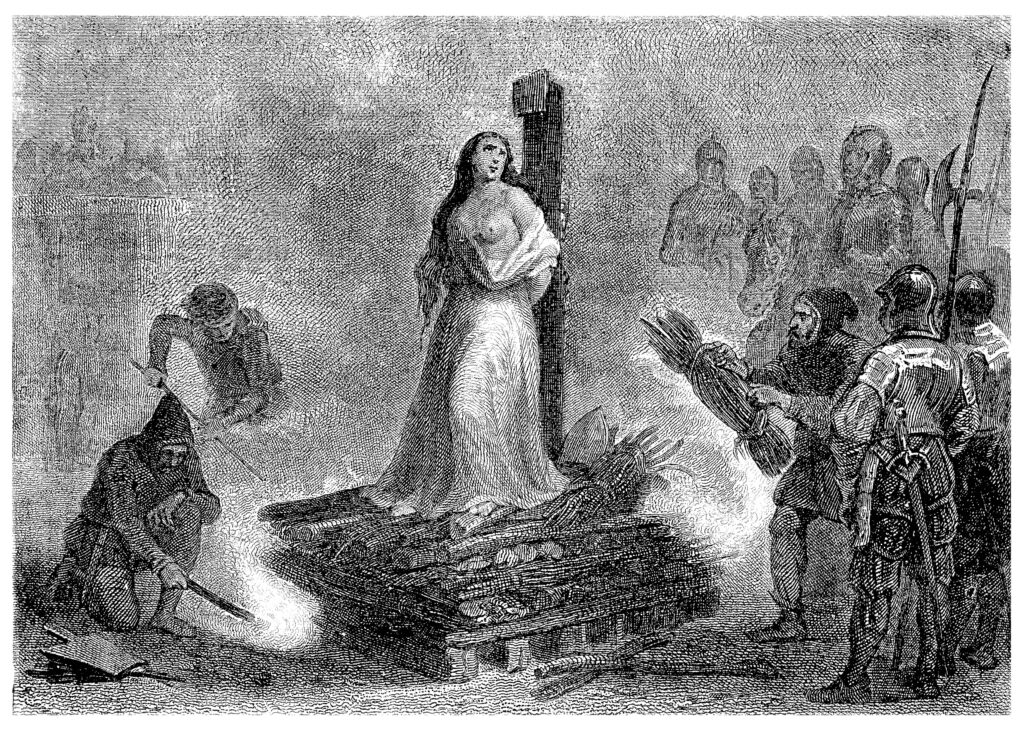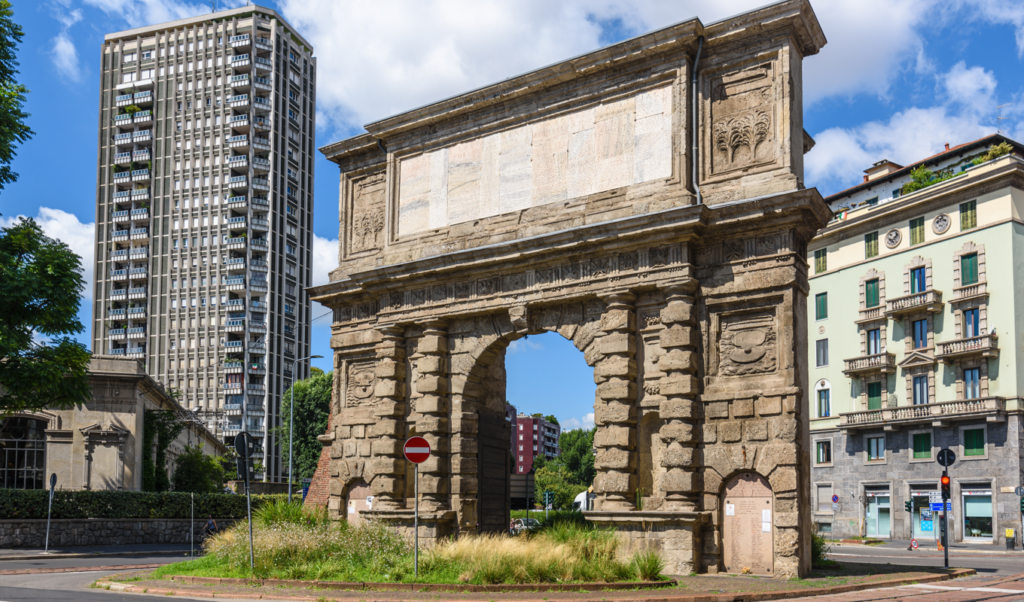Milan, a city famous for its fashion, art, and architecture, also hides a lesser-known, eerie side steeped in dark legends. One of the most famous and enduring stories is that of the Witch of Porta Romana, a tale that has intrigued and spooked locals for centuries. While Milan’s bustling streets and modern skyline suggest a city moving forward, this legend reminds visitors that the past is never far from the present—especially around Halloween.

The Legend of the Witch of Porta Romana
The area of Porta Romana, once a gateway into medieval Milan, is today a lively neighborhood with cafes, shops, and historic charm. But in the late 16th and early 17th centuries, this part of the city was home to one of Milan’s most infamous figures: a woman who came to be known as the Witch of Porta Romana.
According to historical accounts and local lore, this mysterious woman was a healer who lived near Porta Romana. In a time when medical knowledge was limited and disease was rampant, she provided herbal remedies and treatments for the poor. However, her knowledge of plants and natural medicines soon drew suspicion. As fear of witchcraft swept through Europe during the Inquisition, many women who practiced traditional healing were accused of consorting with dark forces, and this woman was no exception.
The legend says that after a series of strange and unexplained events occurred in the area, including sudden illnesses and deaths, the healer was accused of witchcraft by her neighbors. She was said to have placed curses on those who wronged her and was blamed for misfortunes that befell the local population. The accusations quickly escalated, and the Inquisition took notice. The witch was arrested and subjected to interrogation and torture.
In typical fashion of the times, she was forced to confess to her alleged crimes under duress. The legend states that she was eventually condemned to death for her “sorcery,” likely burned at the stake, as was common for those convicted of witchcraft during this period.
The Curse of Porta Romana
While the historical accuracy of her trial and execution is debated, the legend of the Witch of Porta Romana did not end with her death. According to local belief, her spirit never truly left. It is said that the witch cursed the Porta Romana area before her execution, promising that those who lived near the site would be plagued by bad luck and misfortune.
Even today, some residents claim to experience strange happenings in the area, particularly around Via Laghetto and the old Porta Romana gate. Flickering lights, unexplained chills, and feelings of unease are sometimes reported by those walking alone at night. The witch’s ghost is said to wander the streets, still seeking vengeance for the injustice she suffered.

Today, Porta Romana is one of Milan’s most vibrant districts, blending history and modernity. The Porta Romana gate, built in the 16th century by the Spanish, still stands as a reminder of the neighborhood’s past. While the area is now filled with life, the tale of the Witch of Porta Romana adds a haunting element to its history, especially around Halloween when the city’s darker legends come to life.
For those who want to explore Milan’s hidden and mysterious side, the story of the Witch of Porta Romana is a fascinating part of the city’s folklore. You can walk the same streets where she lived, perhaps even passing by the very spots where her ghost is said to roam. Milan’s history is filled with intrigue and shadowy stories like this one, making it the perfect destination for a spooky Halloween adventure.
Discovering Milan with City Sightseeing
To get the most out of your visit to Milan and its historic neighborhoods like Porta Romana, the City Sightseeing Milan hop-on-hop-off bus tour is a great way to explore. You can hop off near Porta Romana and dive into its eerie past, then continue to other key landmarks such as the Duomo or the Castello Sforzesco, where more tales of ghosts and intrigue await.
So this Halloween, if you’re in Milan, take a detour from the usual tourist spots and explore the haunted history of Porta Romana—where the ghost of the witch might still linger.

